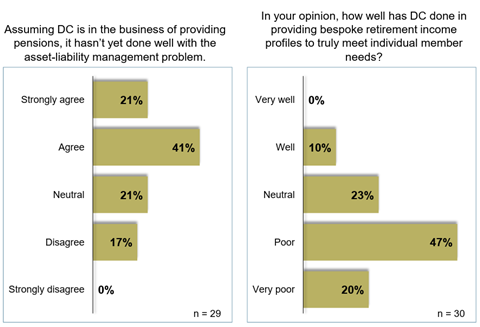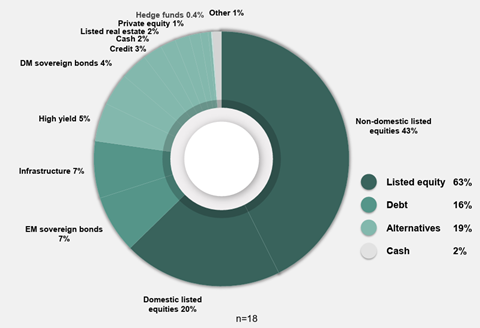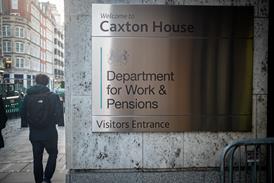Defined contribution (DC) pension schemes are still falling short when it comes to securing adequate retirement incomes for their members, despite growing sophistication in investment and governance.
That’s the central warning from the Thinking Ahead Institute’s Global DC Peer Study 2025, based on feedback from 20 large DC providers overseeing $2.2trn (£1.7trn) in assets, with participants including both public pension funds and private retirement schemes.
Six in 10 participants said retirement income adequacy is the number one challenge for the decade ahead. In many markets, low minimum contributions and misconceptions around auto-enrolment have left members under-saving. The study found that a typical 30-year-old’s pot remains just $20,000, rising to $115,000 by age 60.
Respondents to the research highlighted saver education as a key tool to improve retirement income adequacy. Nearly three-quarters (71%) said a greater emphasis on education across DC scheme membership would help boost adequacy, while 36% opted for educational initiatives targeted at younger savers.
Respondents also ranked the DC industry as having performed poorly in meeting retirement needs: two-thirds (67%) ranked it “poor” or “very poor”.

Design flaws and missed opportunities
Many DC schemes are now questioning whether their investment and retirement strategies are delivering the outcomes members need. A strong theme in the study was concern that lifecycle designs allocate too conservatively in early accumulation, limiting long-term returns.
Some providers are trialling time-dynamic risk budgets or even leveraged equities for younger members, based on the logic that higher early risk could significantly boost outcomes.
Others are rethinking their glidepaths entirely, aiming to align investment design with members’ changing risk capacity. There is also a growing belief that DC needs to adopt more of a liability-driven mindset, similar to DB schemes, with decumulation better integrated into the overall journey.
As one research respondent explained: “DC 2.0 (the next generation of DC plans) is going to be our primary focus, but we are already looking at ways to expand and develop that with more longevity protection built in for a whole of life solution.”
Shift to alternatives gathers pace
While concerns around design persist, DC investment strategies are evolving. Equities remain the cornerstone of growth, at 60% of portfolios on average. But alternatives now match bonds at 20%, reflecting a notable pivot toward private markets.

This shift is particularly evident in mature markets like Australia, where schemes are seeking stronger long-term returns. While alternatives bring added governance and operational complexity, peer organisations view them as essential to maximising outcomes, especially where contribution levels are unlikely to rise significantly in the near term.
“In many parts of the world, DC is now the dominant pension system. Yet it is still quite young and hasn’t fully matured,” said Tim Hodgson, co-founder of the Thinking Ahead Institute.
“Maximising returns on investment is essential but it can only do so much. In many markets, a clear majority of pension savers still fundamentally need to save more for their retirement during accumulation.
“While educating members can help, it is governments that will influence whether DC contributions are really sufficient to power a decent retirement for all future DC pensioners.”






















